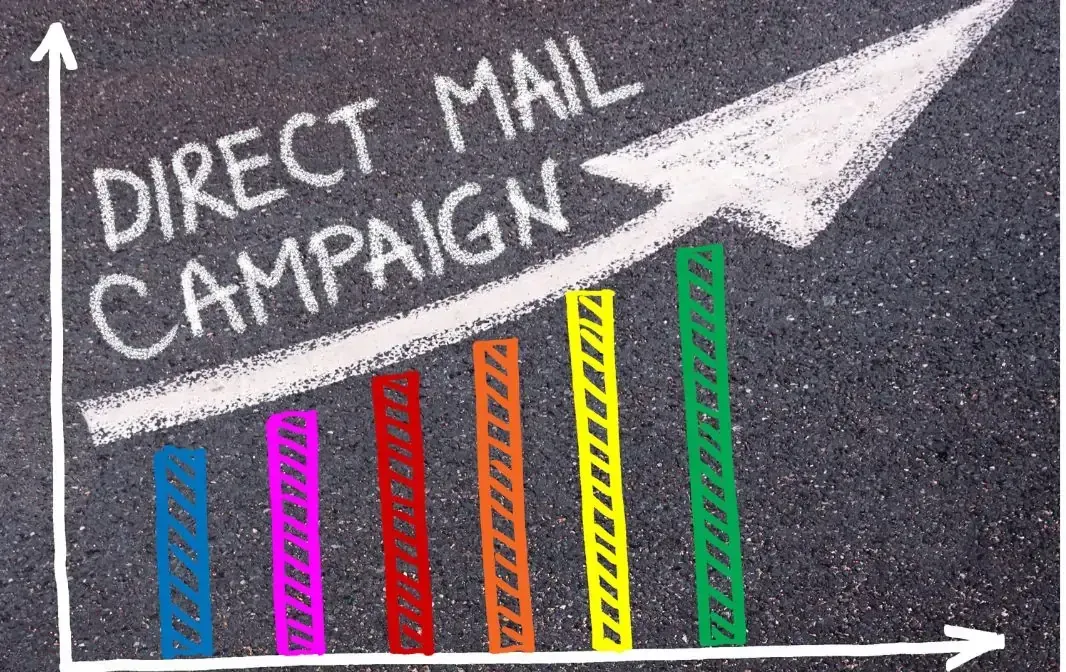Bad Marketing ROI? Four Simple Steps to Solve It
Done correctly, marketing isn’t an expense—it’s an investment. However, if you do it wrong, marketing can just seem like an exercise in throwing good money after bad. This can go so wrong that some practices can even start to wonder if it’s really worth spending the money on marketing in the first place.
What’s the difference? What makes marketing “good” or “bad”?
The sole measuring of marketing is return on investment, or ROI. If you’re making money off your marketing, it’s magnificent. If you’re not, well, it’s something less than that.
Below are four steps you can take right now to increase the ROI you’re getting from your marketing. By implementing these aggressively, you can rapidly move your marketing spend from an “expense” to an investment in future income and growth.
- Implement a tracking system to measure the results of your marketing.
The first step is obvious, but it’s amazing how few dentists do this. To get a decent return from your marketing, you have to know what works and what doesn’t. Your system must record what prompted a person to call and it must be specific. Did they come in from a postcard? A patient referral? A Google search? At XPress, we have a proprietary system of tracking every call that comes in, all the way through to treatment accepted. The most important step to increasing marketing ROI is measuring it and reviewing the results. - Say the right thing.
It’s actually amazing that so much money is put into marketing without this step being done. You must know what potential patients value most and what services they are most likely to invest in. Why and when do they go to a dentist? What qualities in a dentist are the most important to them? What qualities in the staff? Different types of patients want different things—even in the same practice. You will get a much higher ROI if you use the exact right language in your marketing. Your message has to align with the desires of potential patients and the exact services they need. And the way to figure this out isn’t by guessing; it’s by asking them. Surveys are vital for effective marketing. - Split test everything.
Until you have a proven winner, never send out just one ad or postcard; always do at least two and then compare the results. Think of marketing as a scientific activity. You’re always comparing everything that you do and noting what worked in the real world. No matter what you’re sending out, you’re always comparing multiple versions to see what works best. This allows for continual improvement of ROI.
For example, suppose that you have 30,000 people of the right age and income level in your town. If you simply mail 30,000 people the same mailer, you might be off the mark and waste a lot of money. But suppose you create two versions of the next direct mail to go out. The two versions have different headlines or offers. You mail each version to just 5,000 people. Whichever version brings in more interest can now be mailed to the whole 30,000. - Develop and use a cohesive, overall marketing strategy.
Without a cohesive, overall strategy, you are likely to send a different message with every mailer. Your online ads won’t match your website or your mailings. Your message could even vary on different pages of your website. The more cohesive your strategy, the more recognizable you will be and the more you will stand out from the competition. Marketing strategy makes you more memorable and understandable to patients. When you have an overall marketing strategy, you aren’t bit-and-piece throwing your money away. Instead, you’re building an overall marketing machinethat works together to generate a flood of new patients.
Marketing is a science and an art. However, the more it’s treated like a science, the better off you’ll be. And the higher your ROI will be.
Here at XPress Promotion, the secret of our success is that we test everything and review it to see what is most effective. Even though we’ve been doing this for years, we don’t assume anything. We want to know what works for each individual practice. By using the time-tested principles of real marketing, we take the guesswork out of marketing.
In the final analysis, the real measurement of all marketing is ROI.























